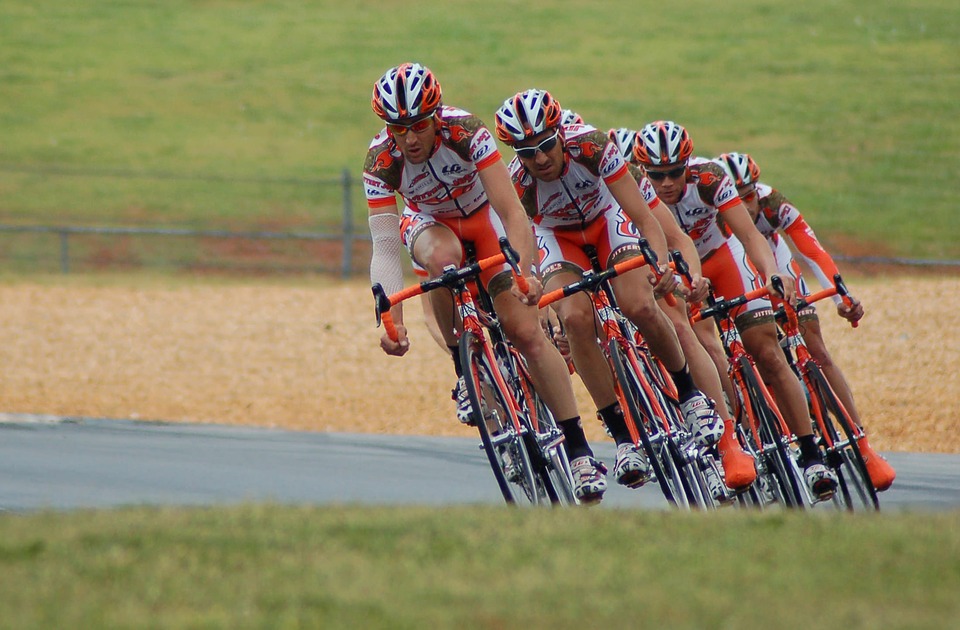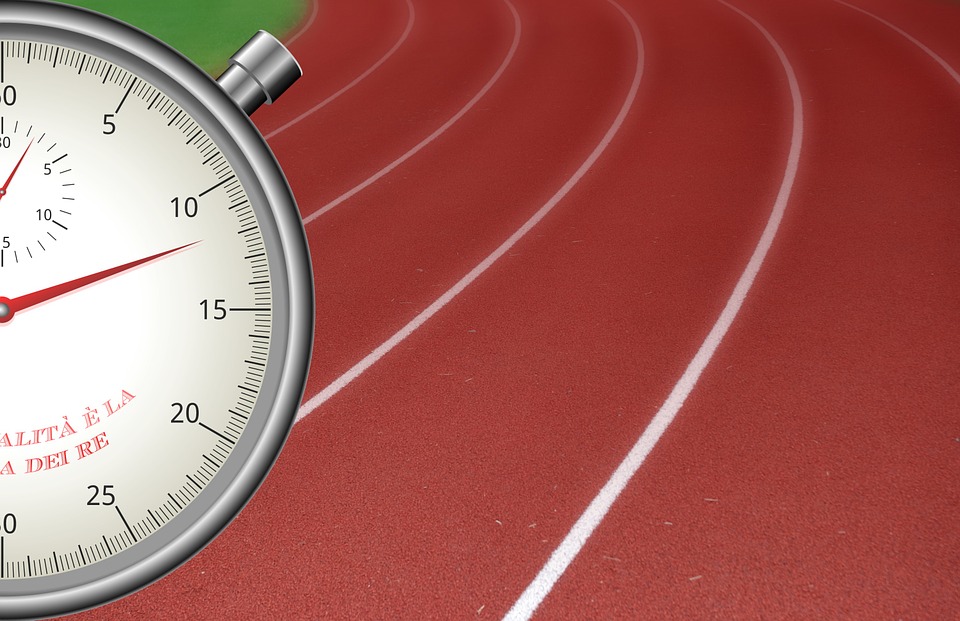Insider Tips on How to Become a Pro Cyclist
Whether you've been cycling for a while and want to move up the ranks from amateur to pro-level, or want to take your casual hobby more seriously, breaking into the pro cycling ranks at a competitive level is a challenging feat. But with the right know-how about gear, coaches, and training, there's nothing stopping you from reaching all the major cycling competitions from the Tour Down Under to the Tour de France. Here are some top insider tips on how to become a professional cyclist.
Familiarizing Yourself with Pro Cycling
Before you even begin the actual cycling part of your training, it's worth familiarizing yourself with the rules and regulations of a few different races. Although you won't be at the stage to enter any sort of competitive race just yet, you'll at least be familiar with the criteria. It's also worth looking into UCI rules, The Union Cycliste Internationale which is responsible for organizing some of the biggest races in the world.
USA Cycling Categories
There are a few different rider categories, and you might often hear cyclists saying they're a Cat. 4 rider, or a Cat. 2 rider, so it's worth knowing what the different categories mean. In general, the lower the category number, the more experienced a rider they are. Categories start from 5 and go all the way to 1, each category needing riders to compete in races of varying lengths in order to move into the next category.
Make Cycling a Habit
In order to train your body and get in the practice, it's important that you take the time to cycle on a daily basis, slowly building up your stamina so that you're not only able to keep up on those long 150-mile races but are able to stay ahead to win.
To get an idea of what a professional cyclist's training time looks like, on average they ride for about 20 to 30 hours a week. Those that are categories 3, 4, and 5 though usually train for about 10 hours a week, with some even putting in just 5-7 hours for those earlier, shorter events. If you're just starting out in the cycling world, it may be worth aiming to build your stamina for those 5-to-7-hour training sessions which may be easier to adjust around prior commitments.
A Balancing Act
While it may be tempting to set a schedule of riding 60 minutes a day, that won't allow for your body to build the sort of endurance needed for professional races. Instead, try mixing it up with some long riding days and other shorter but more intense sessions which will help build your recovery time as well. Of course, you can also mix up the method of riding with both outdoor sessions as well as buying a stationary bike at home for those shorter training sessions.
To truly train like a pro, your sessions should either be based around ‘training', meaning that you're working on your technique and fitness or ‘recovering', meaning that you go at a much slower pace (even if it feels counterproductive) in order to give your body the adequate amount of rest it needs for the future sessions.
What Sort of Cycling Should I Do?
Regardless of what sort of cycling event you wish to enter, whether that's road racing or something else, try and train through a variety of cycling styles such as mountain biking, cyclocross, or track. By doing so, you'll allow for improvement in your technique and skill as well as improving your fitness levels which will help you become a better and fitter all-rounder cyclist. Adaptability is a key factor in making sure you're able to stay ahead in races at a professional level.
Cycling Coach
When you're just starting out, it's usually not recommended that you focus too much on the numbers. Rather, it's more important that you build endurance and make cycling a part of your routine, putting in about 6-8 hours per week.
However, when you feel that you're ready to take things to the next level and would like to start training properly for a race, it might be time to start looking for a personal trainer or perhaps joining a cycling club where they can help you tailor your training to your specific goals. They have the knowledge to be able to create a training program specifically for you to help reach your goals sooner. An added bonus is that you'll be surrounded by like-minded people with similar goals which can be a great motivating factor.
Riding in Comfort
Now that you've planned exactly how you'll train, it's time to jump on your bike. An easily overlooked factor is the comfort of your bike. Of course, you'll experience cramps and muscle fatigue, but you can greatly reduce the general discomfort of riding if you've had your bike fit done by a professional. The more comfortable your bike is, the longer you'll be able to ride.
It's also important that you stretch adequately both before and after your riding session. Hunching over your bike bars for a long period of time puts strain on your muscles, so stretching them builds endurance as well as gets rid of the smaller aches and pains quickly.
839GYLCCC1992


 Source:
Source:  Source:
Source:  Source:
Source: 
Leave a Reply